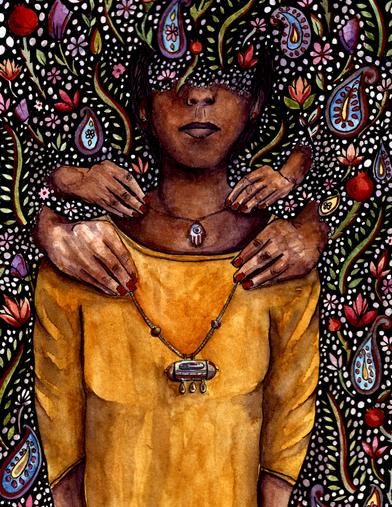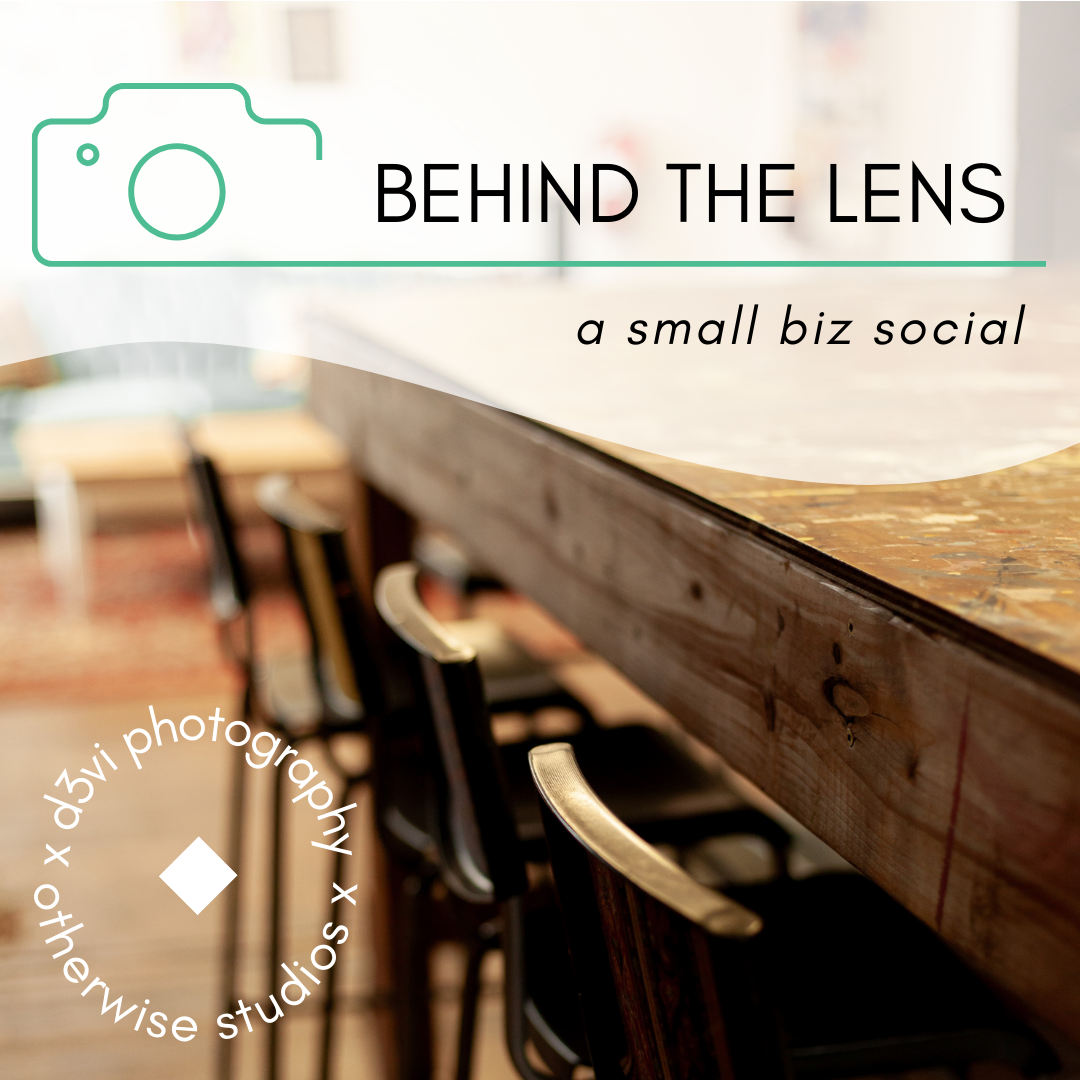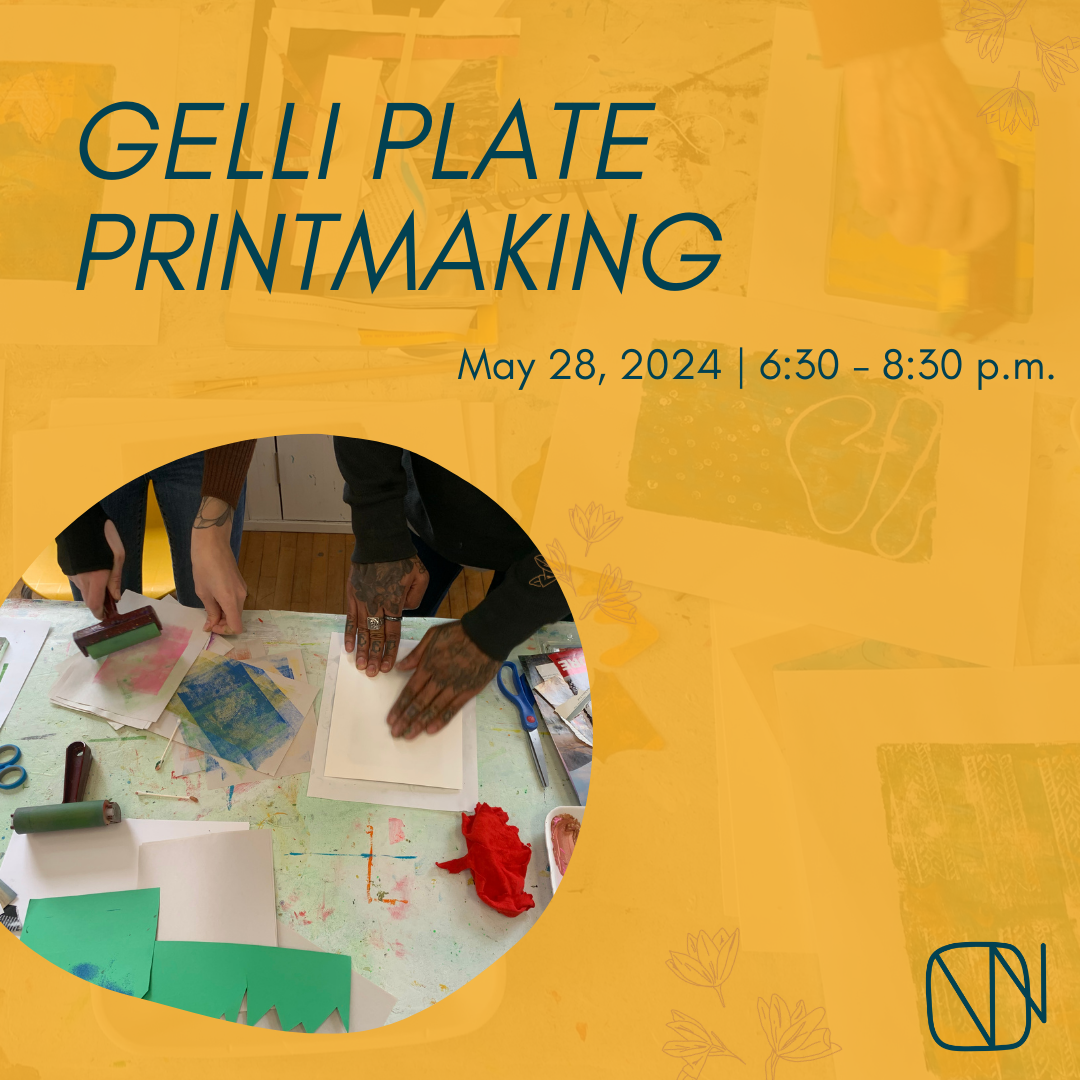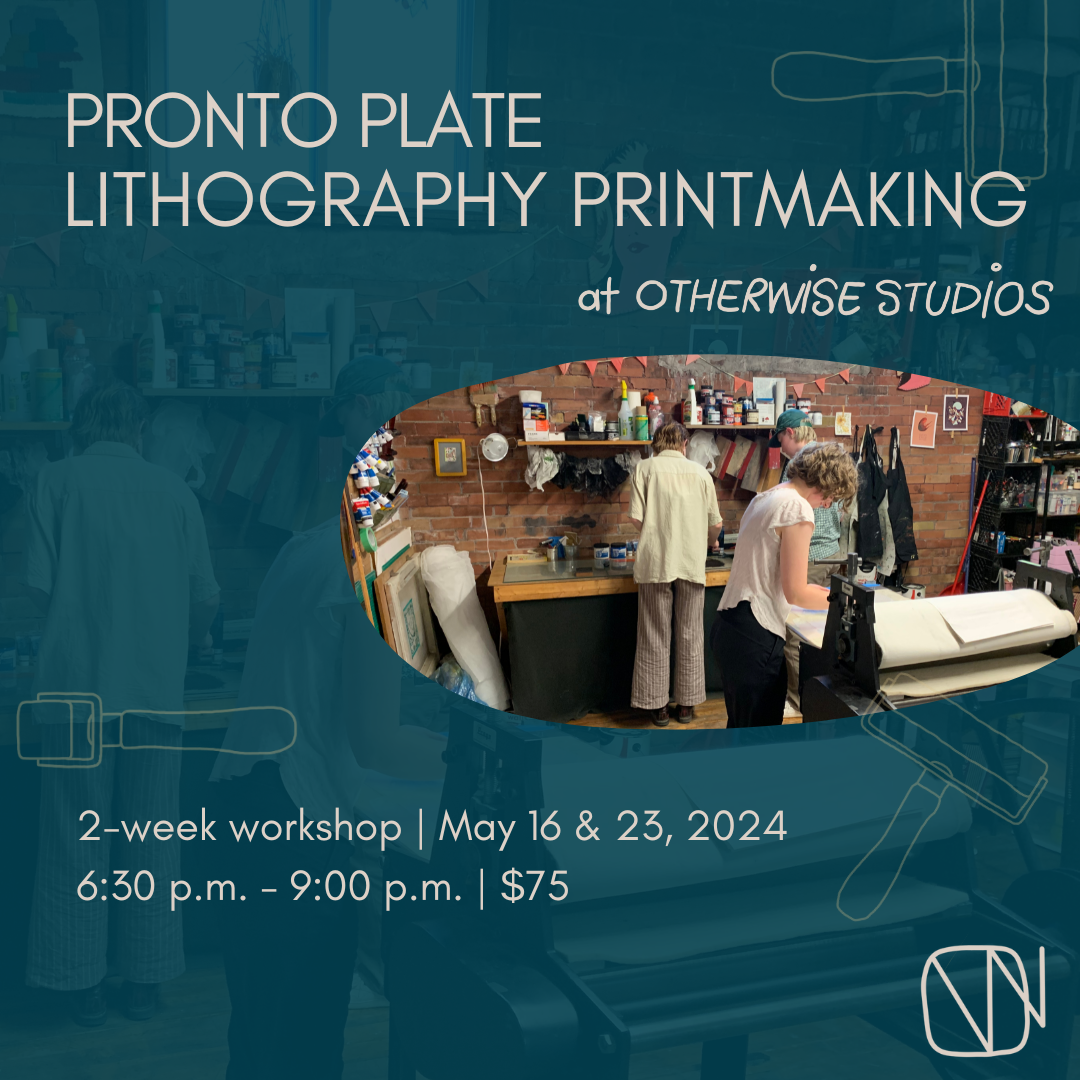PAINTER & NATURE ARTIST
“Part of my arts practice is working with what I have and what I find, which means I don’t really stick to one medium (…) My favourite medium changes with the seasons.”
Nimra (she/her) is a Pakistani visual artist and community-engaged arts facilitator based in Cambridge, Ontario on the traditional territories of the Haudenosaunee, Anishnaabe, and Attawandaron peoples. She creates paintings and sculptural pieces with foraged plants, rocks, and shells. Through artmaking and intimately connecting with these materials she explores folklore, ecology, histories, therapy, and social/environmental justice. Nimra’s community-engaged arts practice collaborates with participants to share their unique experiences and knowledge through painting, crafting, writing, sharing food and music. She is co-lead of Reth aur Reghistan, a multidisciplinary project with her sister that explores folklore from Pakistan through sculpture and poetry.
Volunteer writer, Andrea Stewart chatted with Nimra about her process, inspiration, and views on the art world. Read the full interview below!
It is clear that nature is a main theme in much of your work, from the focal points of your paintings to the use of materials found throughout the natural world. Would you say you have a vision and look for specific items to complete that vision, or that the materials themselves are what lead you to make a piece?
“Yes, nature is definitely a weaving thread across my various arts practice. For paintings, I do have a vision or image which I sketch. Some of the sketches becomes paintings, others don’t. For sculptural pieces it’s a bit of both. I usually have some sort of vision. I then have a look at what materials I have and consider what I might work with. I have lots of baskets of different found and foraged materials I’m always find something or the other in the studio.”
You have lived in many places, how do you think that is reflected in your art and the pieces you choose to make? Is there a place you identify with more than others that you draw inspiration from?
“I’ve always been curious about living in different cultures and communities. I’ve lived in Pakistan, Italy, England, Quebec, and Ontario over the past decade, and have been part of many different communities. In terms of my inspiration, I am very drawn to Pakistani landscapes, stories, and motifs, particularly from the region I grew up, Sindh, and from where my family is from, Gujarat and Kutch. We have such a rich visual and storytelling culture. We have communities that have been storytelling, sculpting, weaving, dyeing, woodworking, jewelry-making, painting, and music-making for millennia. There are endless sources of inspiration whether it’s through Sufi music or textile traditions. This interest led to my sister and I starting a multi-disciplinary arts project Reth aur Reghistan, which explores folklore from Pakistan through sculptures, storytelling, and poetry.”
You use many different mediums for your art, from watercolour paintings to wild works made out of seashells, what is your favourite medium?
“Part of my arts practice is working with what I have and what I find, which means I don’t really stick to one medium. Watercolours, natural inks, and earth pigments are great to work with when I have a specific image in mind. Natural dyes are great when I would like to reclaim fabric. My favourite medium changes with the seasons. In the spring and summer, I enjoy using flowers and shells. In the fall, berries bring rich colours. In the cold winter crushing up rocks into earth pigments gives comfort.”
Along with using materials from nature in your artwork, you also make your own paints and dyes, how important is that as part of your process?
“I started making my own paints and dyes after a dear friend from Montreal introduced me to the curious experimentations of Jason Logan from the Toronto Ink Company. I then met a fellow natural dyer in England, who became a kindred spirit, who I started exploring the world of natural dyes with. In 2022 I received a grant from the Ontario Arts Council to delve deeper into nature-based artmaking. I took a course with the inspiring Tilke Elkins from Wild Pigment Project, and continued experimenting with inks, natural dyes, and earth pigments in my studio. I found that this was a wonderful way to mesh my interests in sustainability, foraging and reclaiming materials, and artmaking. For me, the most important part of working with these materials is learning and sharing knowledge with others.”
How do you structure your day/week to balance everyday life and your art?
“As I have other jobs alongside my art, it’s not always easy. Sometimes those take over and I don’t spend much time in the studio. But other times, I go on these artmaking sprees and will create multiple artworks all at once over a few days or a week. I feel very inspired doing art with others, so I try to frequently facilitate workshops, attend workshops, host art nights, and make sure that I am staying connected to the arts community in Guelph, Cambridge, Kitchener, and Waterloo.”
Where does your motivation to create come from? Who do you go to when you find yourself with a challenge you can’t work out?
“A major theme that inspired my work is the connection between us, our ancestors, and the natural world. This is something that I read and think a lot about. I also enjoy keeping my hands busy, so oftentimes will create art as a break from other things. I find that motivation to create art comes quite easily to me, as I always have a sketchbook full of ideas.”
“With Reth aur Reghistan, it has been wonderful working on it alongside my sister Manahil. For a larger scale project like this with grants involved, there is a lot of administrative work and behind the scenes which isn’t highly motivating to do on my own. But by working with Manahil, we keep each other in check, and co-motivate one another.”
How important do you think art is to society? How important do you think art is at a community level?
“On a societal level, visuals are one of the most important means of communication as we see them everywhere and they communicate all kinds of subtle messages. On a community level, public art can give a space more life, energy, and meaning! Workshops and art programs can teach people skills, create spaces for dialogue, and foster belonging. Especially in terms of where we are at with the climate crisis, housing crisis, increasing wealth inequality, mass migrations, it can give a sense of hope, and a sense that we are not alone.”
Do you have a dream project that you want to make happen? What are you working on now?
“A dream project which I’m hoping will happen in the near future is to develop nature-based art program with newcomer women in the region. The goals of this would be to create a sense of community, foster connectedness with the local landscape, and create a safe space where stories can be shared, heard, and uplifted. I would also love to support newcomer women with sharing craft practices from their cultures and communities. I’ve planted seeds for this project and it will hopefully come to fruition in the Fall.”
“As part of my project Reth aur Reghistan, we have a 2-week artist residency coming up in June 2023 with Jumblies Theatre + Arts in Toronto. We will be creating and exhibiting art, sharing folklore, having community drop-ins and workshops, and holding a closing event with music and performances. I am very excited about this residency as it has been something we’ve been wanting to do for a while!”
What do you do to ensure that you continue to grow and develop as an artist?
“I stay connected with other artists. I attend workshops, and try new art forms, even if they are outside of my comfort zone. Having mentors, who I regularly connect has been invaluable to developing my arts practice.”
If you had to be one of the mediums you use for creating, what would it be/why?
“I would be marigold ink! Marigolds are very important in South-Asia and are used during celebrations such as weddings, as well as medicinally for teas and salves. When used to make natural inks and dyes they give a stunning orange-yellow colour. They are also very easy to grow in a variety of different climates. Overall, they have lots to offer and many facets which is something I resonate with.”
www.nimrabandukwala.com
Instagram: @nimrabandukwala.art









